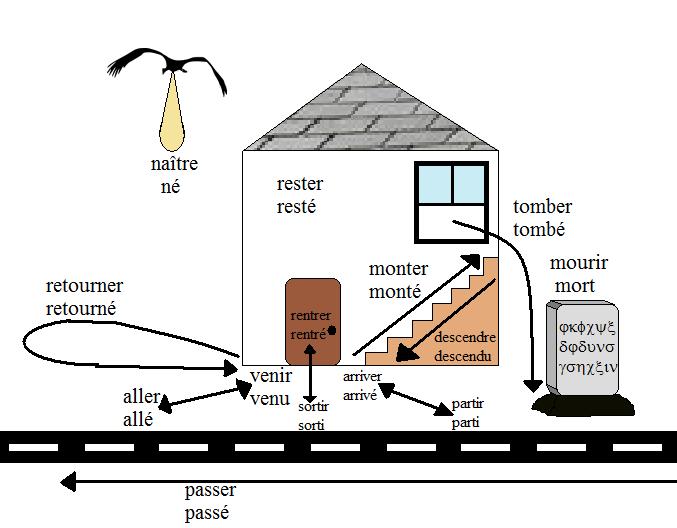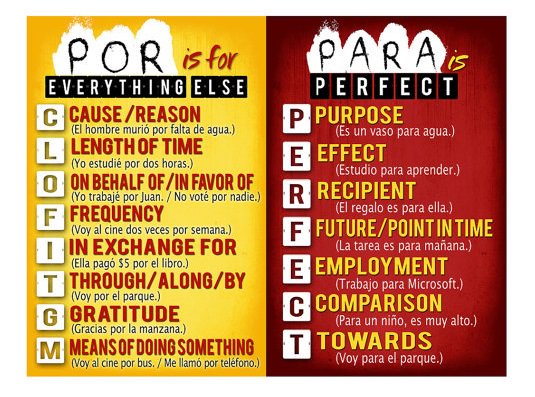Longtime C.I. badass Mike Peto recently weighed in on a good question. Peto, who led his entire department from textbook servitude to effective C.I. (all their kids who write A.P. and I.B. exams pass), addressed this:
We are getting rid of the textbook. What should we teach? What are people’s favorite stories and themes?
This is a good question. Standard language teaching is organised around cunningly-disguised grammar units: we learn the present tense verbs with school vocabulary, the conditional a year later with shopping, etc.
My answer: agree as a department to use 250 high-frequency words per year. Peto’s is better: focus on “the Super Seven verbs” (Terry Waltz’s list of highest-frequency verbs), along with nine more that add up to what Peto calls “the Sweet Sixteen verbs.”


Btw nice math, Mike LOL
Here is Peto’s explanation of how and why his language department organised their language program the way they did.
Short answer: 16 verbs & a commitment to fill every class with compelling CI.
Long answer: As a department chair trying to design a common experience for students in different classes, with a half dozen different teachers on staff, I could have insisted that every teacher follow the same collection of story scripts, movie talks, and novels. That is, “all Spanish 1 students will read X novel and discuss Z movie talk. All Spanish 2 students will acquire this list of target structures so that they will be “ready” for Spanish 3.”
The problem Peto correctly notes here is that we are not guaranteed acquisition of “rule”/word ______ on any teacher’s schedule. Just because you taught it doesn’t mean they got it.
On the other hand, the Sweet 16 verbs represent a different path towards creating a common experience between classes. We do not simply repeat sixteen words for four years, but we do agree that structures with these verbs are the ones that are recycled and given priority at every step in the journey. The Sweet 16 gives a department the flexibility to allow their teachers and students to pursue different interests in class, to use different language, but guarantees that there will be a common communicative foundation throughout the entire program. For example, the Sweet 16 verbs allow one teacher to develop an independent reading program for her students in which students are all reading different books (and thus developing their own idiosyncratic vocabularies), while another teacher develops his CI skills guiding his students through an authentic telenovela, while another teacher spends a good part of her classes discussing student illustrations and spinning stories from them.
This is how it’s done: you make enough horizontal links– the sweet 16– to ensure that kids in different classes can end up a year later with the same teacher and be able to function. And you leave it open enough that what kids (and teachers) find interesting can be explored.
We collect everything: novels, Martina Bex units, TPRS textbooks by Carol Gaab as well as the ones by Blaine Ray, our own stories, huge collections of movie talks, telenovelas. We invest in PD like some departments buy workbooks; we brought Ben Slavic to our department to show everyone how to make One Word Images and next summer they are all going to Boston to refresh their skills on classic TPRS techniques. When someone starts using a new item (book, movie, whatever) then that person has the right to claim it for a particular level. Teachers can opt in to use it in their classroom, but nobody is obliged to use any particular item. Therefore, I claimed El Internado for level 1 and Gran Hotel for level 3. Any Spanish 1 teacher could use El Internado. Someone else claimed Fiesta Fatal as a level 1 book… I then included it in my FVR library while my colleague taught it as a whole class novel. A colleague claimed La Vampirata as a Spanish 2 whole class novel, so I did not include that in my FVR library (which is potentially read by Spanish 1 students).
We recognized that in any classroom there will be many different interests, and that when students and teachers are following their own interests then the input is likely to be more compelling. More compelling leads to faster acquisition. That is the funny thing about those studies which try to count how many times a student needs to hear a word to fully acquire it… teachers know that swears might be fully acquired the very first time they are understood, whereas an abstract transition word that the student never uses in their own L1 could be uttered comprehensibly 500 times and not be fully acquired.
There is another major advantage to running a department this way. When any of my teachers get students at the beginning of the year, we do not have a list of target structures in our minds that we assume our students have acquired. We do not get angry if our level 3 kids do not understand X phrase; instead we are trained to start the conversation assuming nothing and paying close attention to their eyes.
Or, as Blaine Ray so perfectly puts it, “figure out what they don’t know, and start there.”
At all levels, as we think about how to phrase our language so that it will be comprehensible, we all return to the Sweet 16 verbs and posters. It is a common experience in all classes, even though I spend a week talking about whales and my colleague spends weeks talking about football (what would you expect from a football coach!).
This illustrates exactly what high-frequency vocabulary does: it provides the flexible foundation onto which people can “stack” whatever vocabulary interests them. The football coach can play around with “el rodilla de Tom Brady se vuelve mejor” while in another class, students can create an OWI who “se vuelve loco por no haber comido.”
Terry Waltz has also famously made this point. She says, imagine you are learning Mandarin Chinese and you are going shopping, and you want to buy a wrench and some apples. If you had to pick one phrase which mattered most, what would it be? That’s right: want to buy. This works everywhere. And ultra-low frequency words (hammer, apples, most clothing words, etc etc) you can figure out on the spot, or gesture, or look up, etc. Waltz elsewhere makes a similar point in response to a teacher who asks shoudl they not know food vocabulary? Waltz, who is translator-fluent in Mandarin (we are talking 10,000 characters plus real-time translation) says, despite having lived for years in Taiwan, that she doesn’t know most of the food words. Is this a problem? No, she says, most of the time when I (and Taiwanese) who don’t know the name of something we want to eat just say “I’ll have that” and point. Brilliant. The same is true in, say, Mexico: every region has basic staples– frijoles, tortillas, cerveza– but the local dishes are ultra-low frequency so you just ask about it when you are there. There is no point in teaching Spanish students chapulines, tlayudas, de lechon, etc.
This is also necessary because students move into our district at every level, and we cannot just leave them behind because they did not start with us. We need to provide a comprehensible experience at all levels, even if students missed the first 3 years of our CI CI program because they were learning thematic vocab in another district.
This is brilliant: C.I. accommodates everyone, while the textbook does not. The kid from Greg the Grammarian’s class will show up in Peto’s room and go, OMG wut? and probably spend quite a while simply listening. However, whether or not he has spent four years or four weeks in Grammar Grinder Greg’s class, he will be able to catch up in Peto’s class.
Peto leaves out only one thing: when kids leave his school for Grammarian Greg’s class, high-frequency words will serve more of them much better than anything else. A teacher (or department) who obsesses about themes and topics is rolling the dice on whether their alumni will end up in a class that uses the same vocabulary. Those who teach high-frequency vocabulary are preparing students for anything.









